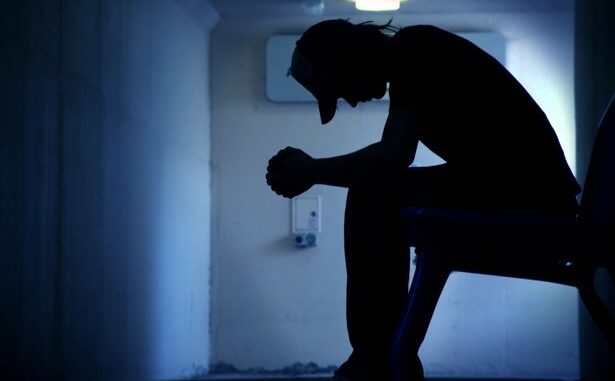A database in NY has been created — and utilized — that lists the names of individuals who are deemed unfit to own firearms. This database creation is a direct result of Governor Cuomo’s SAFE Act, which was pushed through in the middle of the night in 2013 and has been the center of much controversy.
Now, nearly 35,000 citizens of New York State cannot own firearms because their doctors have deemed them a possible threat to themselves or others. The New York Times published an article today after receiving the numbers after filing a Freedom of Information Law request.
“That seems extraordinarily high to me,” said Sam Tsemberis, a former director of New York City’s involuntary hospitalization program for homeless and dangerous people, now the chief executive of Pathways to Housing, which provides housing to the mentally ill. “Assumed dangerousness is a far cry from actual dangerousness.”
While the numbers seem high, it is impossible to see the details of any case, since the information is private and would disclose personal details. So, we rely on the word of health care professionals to make their determination into the ‘dangerousness’ of these individuals.
Under the 2013 law, the reports prepared by doctors, psychologists, nurses and social workers are first sent to county officials. If they agree with the assessments, the officials then input the names into the state database. The information is retained for five years. If the authorities find a person in the database has a gun permit — necessary to purchase a handgun in New York — they are required to revoke the license and seize any guns. The people in the database are barred from obtaining a permit until their names are purged.
If you are a person who is placed on the list, you’ll have a lengthy and expensive time in court in an attempt to remove yourself from the list. People against the provision also make important note that the knowledge of the database alone is enough to deter some people from seeing help if they truly need it. Moreover, the majority of people with a mental illness are not violent, and this is where a fine line is drawn. Crying 2nd Amendment infringement against a violent person with a mental illness is a huge difference verses a person with a mental illness who has never displayed any signs of violent tendencies.
For the employees who process the different cases, they note that their positions have become clerical in nature, and even admit to not personally reviewing each case that lands on their desk. This in itself is an enormous flaw in the current system.
The way the law has played out, local officials said, frontline mental health workers feel compelled to routinely report mentally ill patients brought to an emergency room by the police or ambulances. County health officials are then supposed to vet each case before it is sent to Albany. But so many names are funneled to county health authorities through the system — about 500 per week statewide — that they have become, in effect, clerical workers, rubber-stamping the decisions, they said. From when the reporting requirement took effect on March 16, 2013 until Oct. 3, 41,427 reports have been made on people who have been flagged as potentially dangerous. Among these, 40,678 — all but a few hundred cases — were passed to Albany by county officials, according to the data obtained by The Times.
These ‘middlemen’ however, rarely meet the patients personally. They simply review the information presented to them by another, and make a decision based on the notes. Dr. Glatt, a psychologist, says that he isn’t going to second-guess the person who initiated the report because he does not personally see the patients. He feels however, that the process would be “be more efficient — and more honest — for therapists to report names directly to the Division of Criminal Justice Services, which checks them against gun permit applications.”
So far, only one man has challenged the revocation of his pistol permit after his name was placed on the list. According to documents, a man from Otsego County was unsuccessful in his attempt. His license was revoked after he was admitted to the hospital for threatening to harm himself. “He also said he had accidentally exposed himself to a young girl and was racked with guilt. The county judge ruled the license could be revoked.”
The fact remains that the SAFE Act can — and does — take away the 2nd Amendment rights of people with a few motions of a pen. The practices noted above can definitely benefit from an overhaul, but we have quite a long way to go.
Did I mention that the SAFE Act was pushed through in the middle of the night? Judging by Cuomo’s new book reviews, you’ll see that many people are less than pleased with the way he does things.

